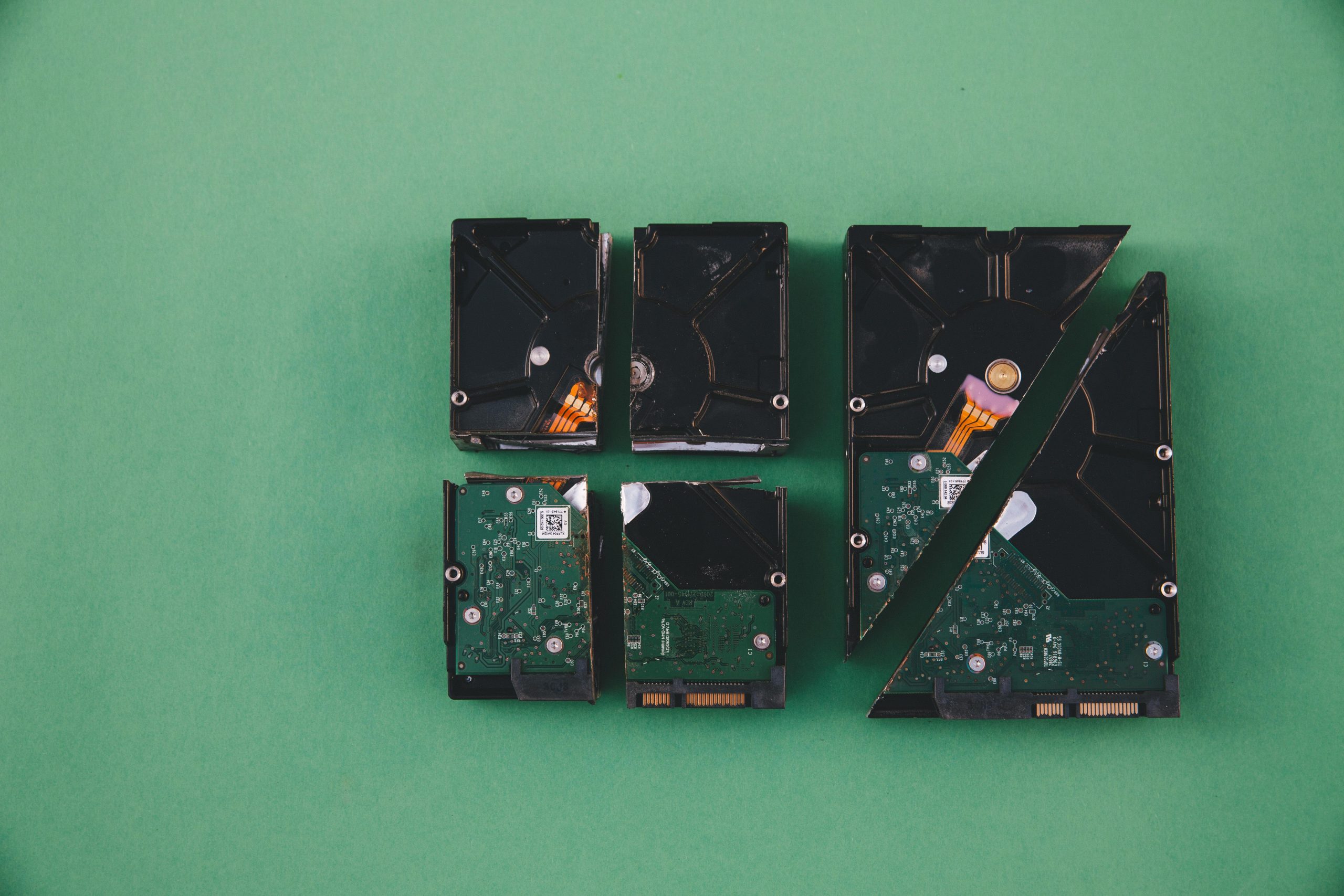Expert Guide to Repairing Your External Hard Drive
External hard drives are essential tools for data storage, backup, and transfer. However, like any electronic device, they can encounter issues from time to time. Whether you’re facing strange noises, connection problems, or complete drive failure, understanding how to troubleshoot and repair your external hard drive can save you time and money. In this post, we’ll explore some common issues, potential fixes, and tips for maintaining your drive to prevent future problems.
Common Issues with External Hard Drives
-
Drive Not Recognized: One of the most frustrating problems users face is when their external hard drive fails to be recognized by their computer. This can stem from a variety of causes, including faulty connections, corrupted drivers, or even issues with the drive itself.
-
Strange Noises: Unusual sounds coming from your external hard drive—such as clicking or grinding—often indicate mechanical failures. These noises can be an early warning sign that your drive is on the verge of failing.
-
Slow Performance: If you find that your external hard drive is slow or unresponsive, it could be a sign of a fragmented file system or limited storage space. Addressing these issues promptly can help improve performance.
How to Troubleshoot and Repair
Step 1: Check Connections
The first step in troubleshooting should always be to check how your external hard drive is connected to your device. Ensure that the USB or power cable is securely plugged in and not damaged. If possible, try using a different USB port or cable to rule out connection issues.
Step 2: Run a Diagnostic
Many external hard drives come with diagnostic tools. Running these tests can help identify issues within the drive. If your drive is not recognized, accessing Disk Management (on Windows) or Disk Utility (on macOS) can also help you see if the drive is detected by your computer.
Step 3: Repair the File System
If your external hard drive appears but is not functioning correctly, you might need to repair the file system. On Windows, you can use the built-in Check Disk utility. On a Mac, the First Aid feature in Disk Utility can help rectify errors on the drive.
Step 4: Data Recovery
In situations where your drive is failing, data recovery software can be a lifesaver. Programs like Recuva, EaseUS Data Recovery, or Stellar Data Recovery can help you retrieve lost files,
Share this content:




Thank you for sharing this comprehensive guide on external hard drive repair. Troubleshooting external drives can sometimes be straightforward, but in cases of mechanical failure or persistent issues, it’s crucial to proceed with caution to prevent data loss. If you’re experiencing specific problems like the drive not being recognized or unusual noises, I recommend first checking your connections thoroughly and trying different cables or ports. For more advanced diagnostics, utilizing manufacturer-provided tools or third-party utilities can help identify hardware failures early. Additionally, before attempting any repair or data recovery, ensure you have a backup of your important files to avoid accidental data loss. If you continue experiencing issues, consulting with a professional data recovery service or hardware technician might be the safest route to resolve complex problems. Should you need further assistance with specific error messages or hardware diagnostics, please provide more details, and I’ll be glad to help.